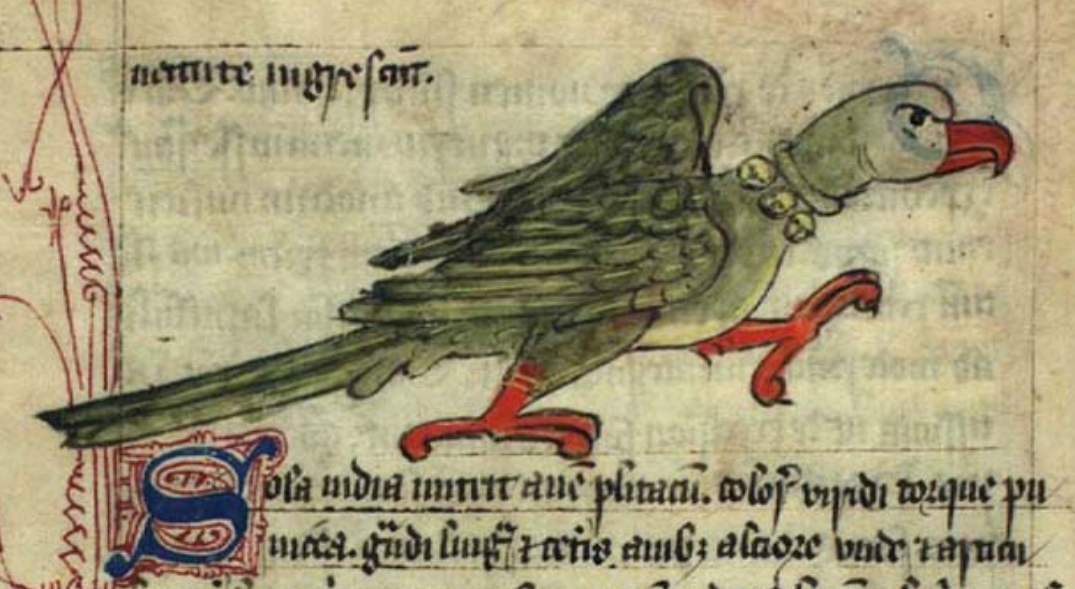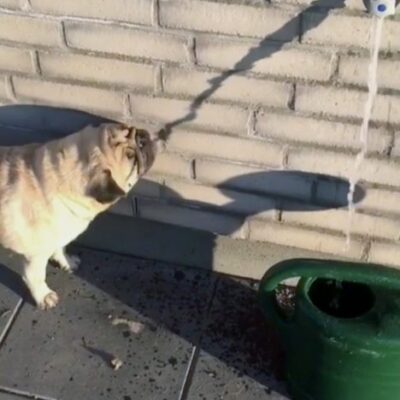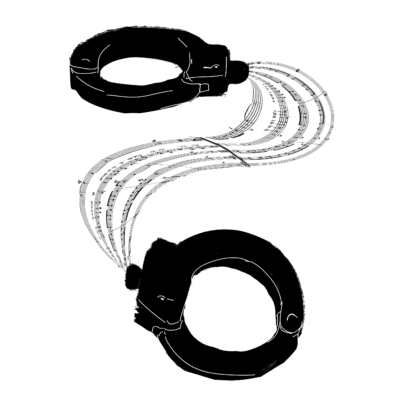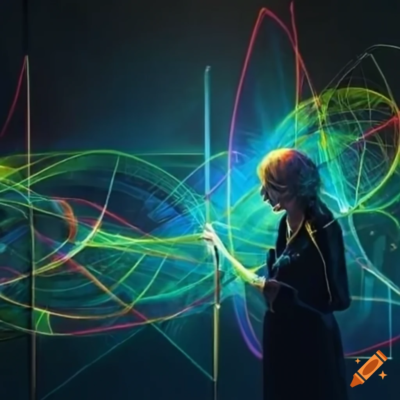As humans, we create representations of nature in a wide range of media and for many different purposes. Examples in the creative arts include travel writing, landscape painting, field recordings of birds, and wildlife documentaries. Representations of nature for the purposes of scientific understanding include the naming of plant and animal species and illustrations of biological processes. Scientific theories have emerged alongside photographs captured with powerful microscopes and telescopes.
By looking carefully at representations of nature and asking how and why they were created, we will tackle big questions: What are the limits of human perception? Is it only humans who represent the natural world? How has human technology aided us in perceiving and representing other species? These are some of my questions, but I’ve designed this course so it is shaped primarily by the questions that emerge for you about this topic.
There is no requirement that you memorize or become an expert in any of the concepts we discuss, though I suspect we will all leave feeling more aware of the ways humans have represented nature and how those representations shape our experiences of the world. I do strongly recommend that you bring your own interests, experiences, and questions to the work of the course. I have selected works combining visual, written, and sonic elements that we will all explore together, but you will complete your assignments by engaging with representations that you have chosen. My hope is that the work you do in this course enriches future courses in the natural sciences and helps you cultivate your own approach to environmental stewardship.
Course Website
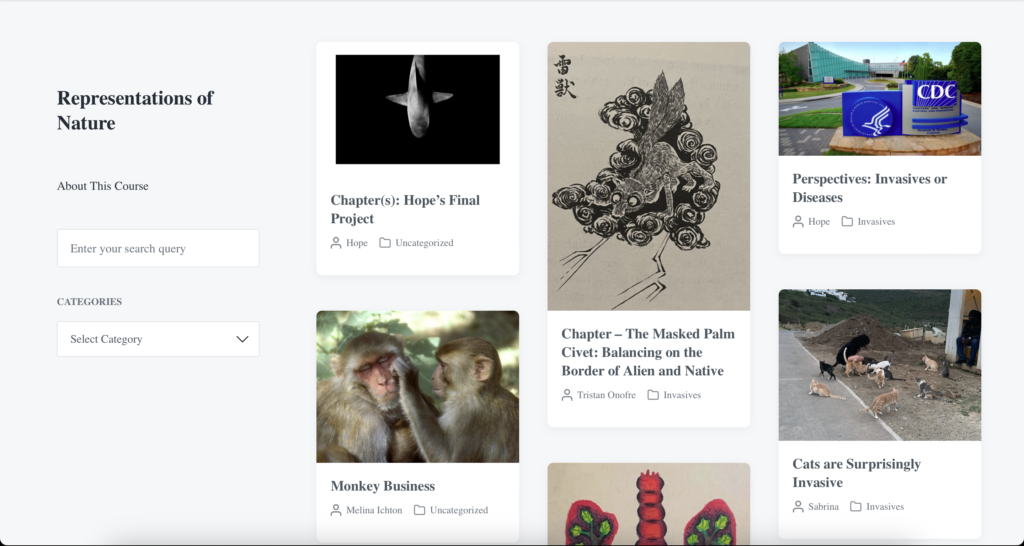
Featured Image
An illustration in the Bestiary of Ann Walsh, a manuscript currently held in the Kongelige Bibliotek, in Copenhagen, Denmark.
